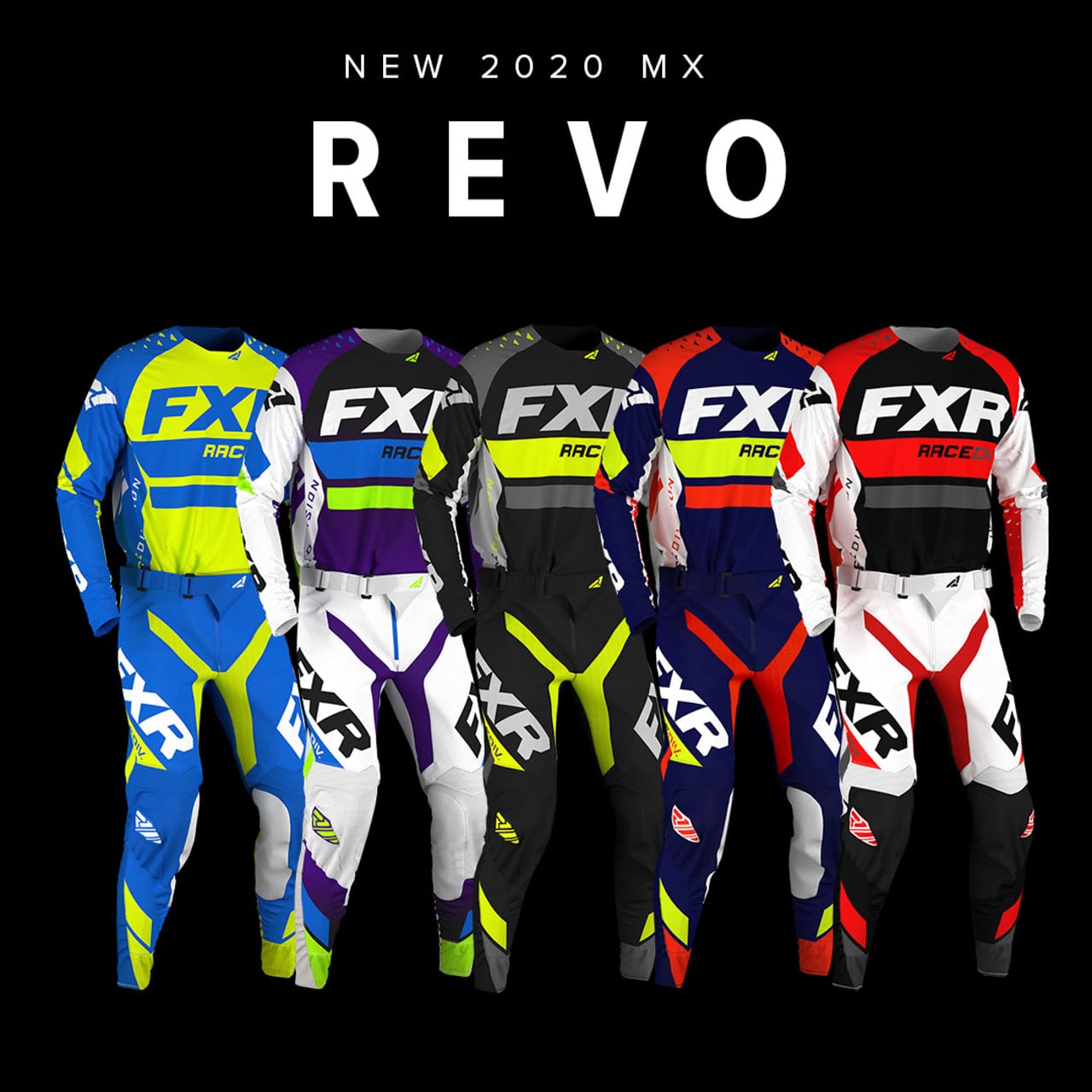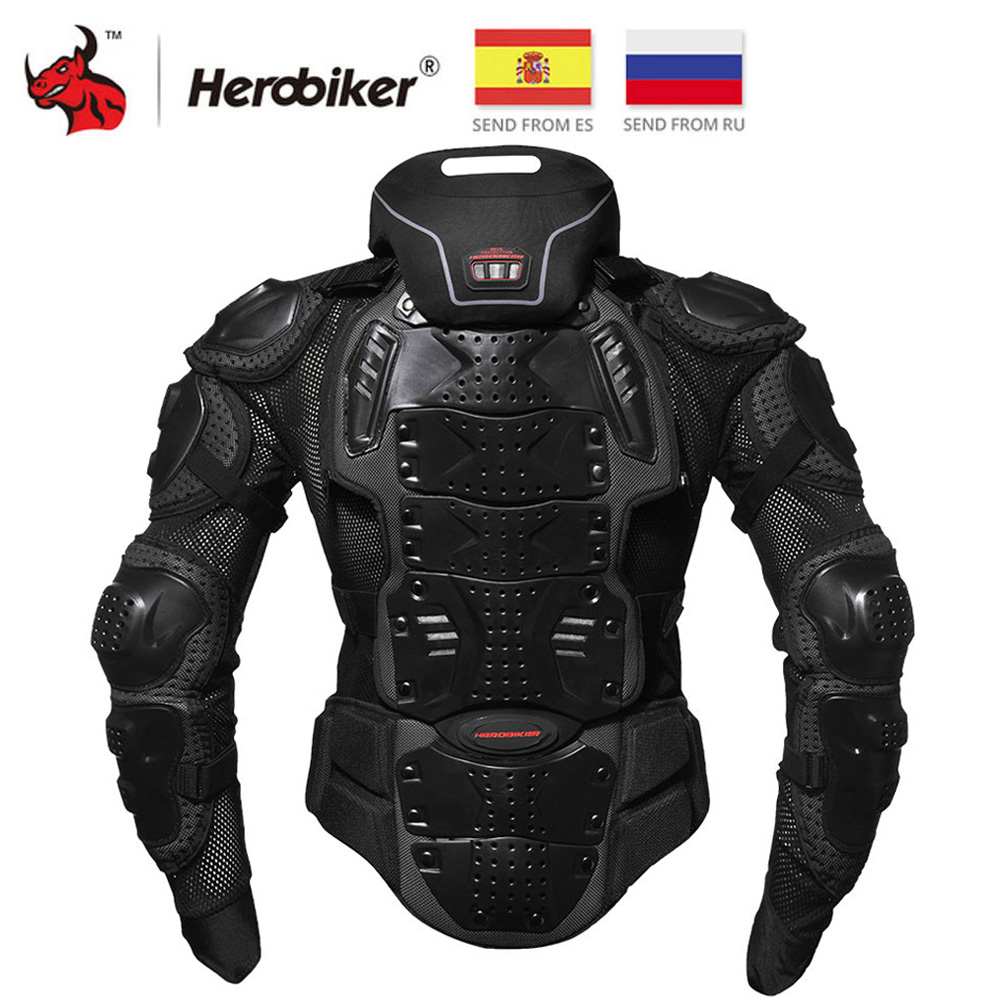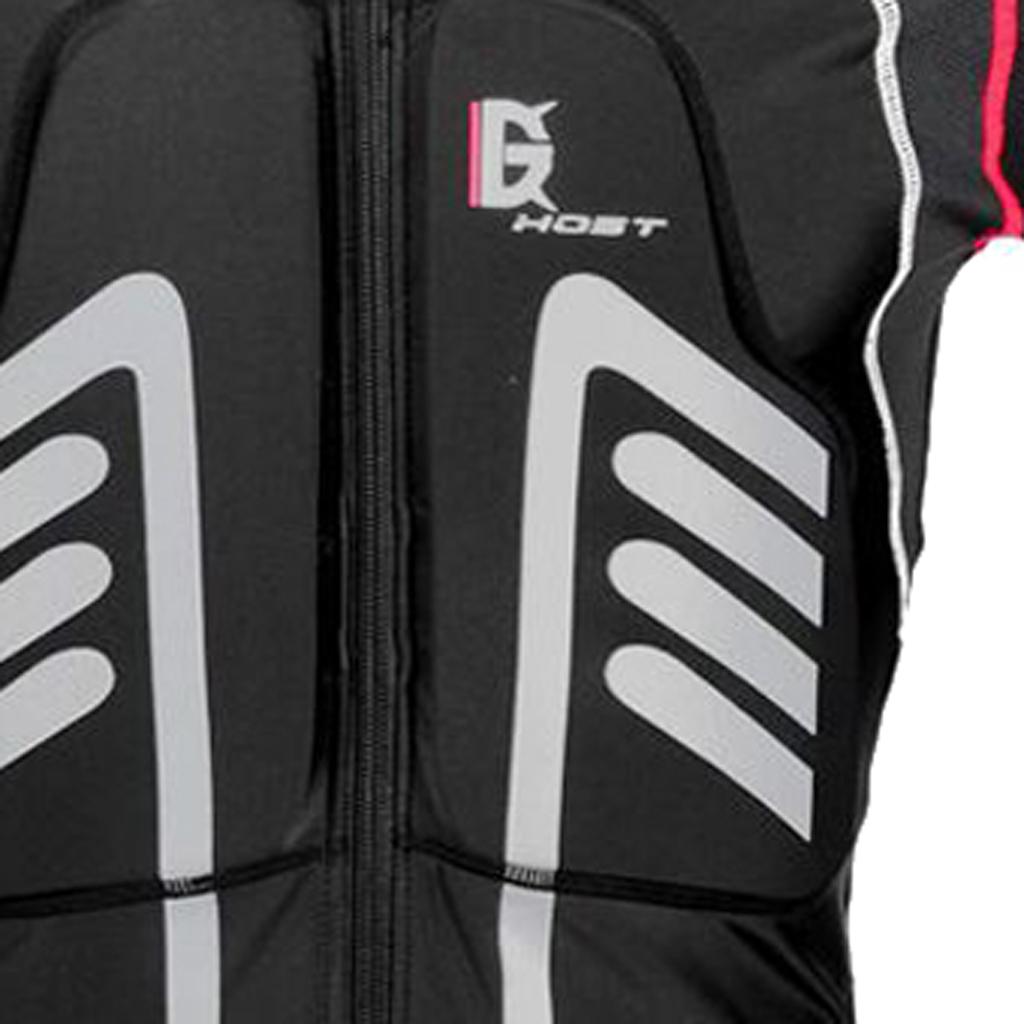

Boots with oil-resistant, rubber-based composite soles give a grip on the pavement and help keep the rider's feet on the pegs. Tough, strong, moderately flexible boots with stiff soles provide the rider protection from a number of risks. They are designed using materials and seam construction that are impact, abrasion, cut, tear and burst resistant. Wang et al (2021) described fabrics with tunable mechanical properties: "Their design can target desirable characteristics, such as high impact resistance." Leathers ĭetail of racing boot's shin with shin armour and anti torque systemīoots are worn by motorcycle riders and passengers to prevent or reduce harm to their feet and ankles while riding and in the event of a crash. In September 2021, Motorcycle News reported that variable-rigidity clothing could be the future of motorcycle clothing. Airbag protection has been used in MotoGP since 2007, and has been compulsory since 2018. It deploys in the event of an accident, inflating to protect the rider's neck, torso, and lower back (see also Airbag and Air bag vest). CE-marked armor comes in two levels, with Level 2 providing greater protection.Īlso, some motorcycle jackets use an airbag system. In Europe, by law, armor has to have a CE mark. However, viscoelastic materials are increasingly being used because they combine being soft to wear with significant impact absorption. Motorcycle armor was originally made from high density foam or foam backed hard polymers for impact absorption, and designed to prevent or reduce injury by spreading and dampening impact and shear strains to the wearer. Optional protection may be present at the back, chest and lumbar. In the European Union and UK, motorcycle garments must have armour on the inside at major impact regions such as shoulders, elbows, hips (with the exception of Class A or B) and knees.
MOTORCYCLE RACE GEAR PROFESSIONAL
These two companies went on to become the main suppliers of motorcycle clothing to the British police and emergency services (as well as supplying professional racers and ordinary civilians). In 1994, the first leathers to achieve the European Standard for motorcycle clothing (EN 13595) were made by BKS (Made-to-Measure) Ltd and then Hideout Leather Ltd. Duke had the suit made for the purposes of streamlining, not safety, and like the majority of the leathers used at the time, was made from horsehide. The one-piece racing leather suit, usually referred to as 'racing leathers', was first used by world champion motorcycle racer Geoff Duke in the 1950s. Leather chaps, adapted from cowboy gear, were used by American bikers starting in the early 1960s. The classic American Perfecto motorcycle jacket with epaulets and diagonal zipper, made famous by Marlon Brando in The Wild One, (1954) was invented in 1928 by Irving Schott, of Schott NYC in New York City. Wide-pegged breeches were worn by some motorcycle police and by dispatch riders in World War II.

Duster coats, which tended to catch in the wheels, were switched for short coats. Originally, motorcycle leathers were adapted from tank corps gear immediately following World War I. Many riders wear "roost protectors" designed specifically to protect against painful debris from other bikes, but are of no use in a fall or collision.Ĭlothing Historical development Although fairly efficient, it is of course not always completely effective.

This armour protects the extremities from breakage and dislocation and the back and chest from strain and broken bones. " Off road" riders wear a range of plastic armour to protect against injury from falling off, hitting other riders and bikes, debris kicked up from the rear wheel of leading bikes, and from running into track barriers protecting the public. Except for helmets, none of these items are required by law in any state in the USA, or in any part of the UK but are recommended by many of those who ride. Pants are usually leather, cordura, or Kevlar. Boots, especially those for sport riding, include reinforcement and plastic caps on the ankle and toe areas. Gloves are generally made of leather or Kevlar and some include carbon fiber knuckle protection. This was once quite bulky, but modern technology and materials have made it unobtrusive. These jackets typically include padding on the elbow, spine, and shoulder regions. Jackets meant for motorcyclists are typically made of leather or specialized man-made fabrics like cordura or Kevlar. Protective clothing may include certain types of jackets, gloves, boots, and pants. To improve motorcycle safety many countries mandate the wearing of personal protective equipment such as protective clothing and helmets. Some riders neglect safety with other priorities in choosing what equipment to wear


 0 kommentar(er)
0 kommentar(er)
